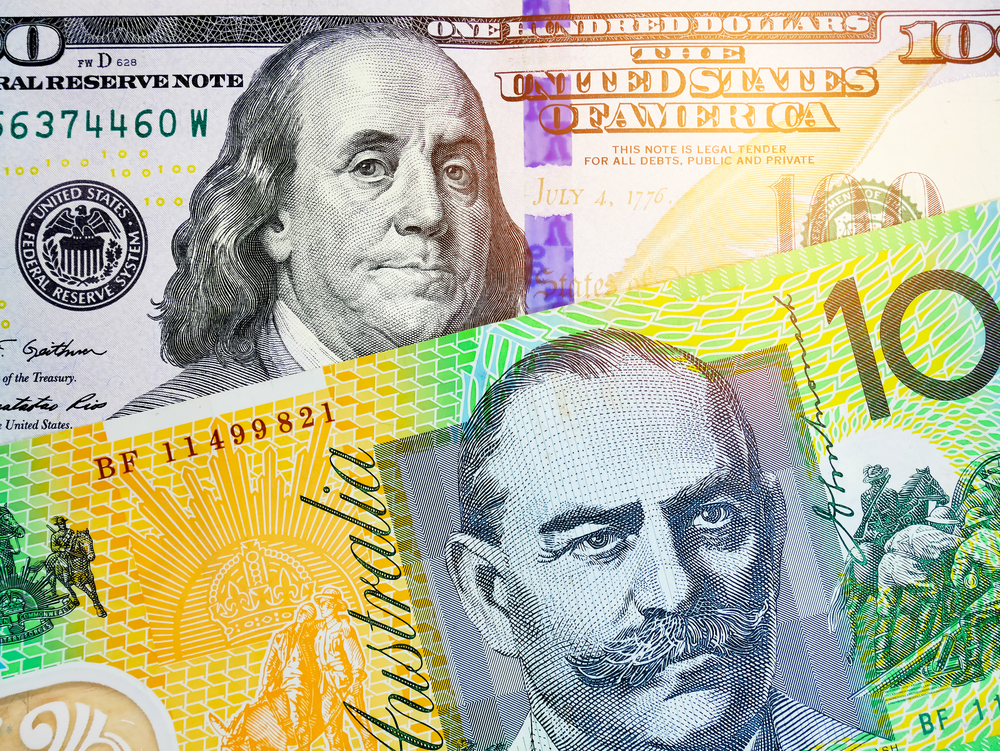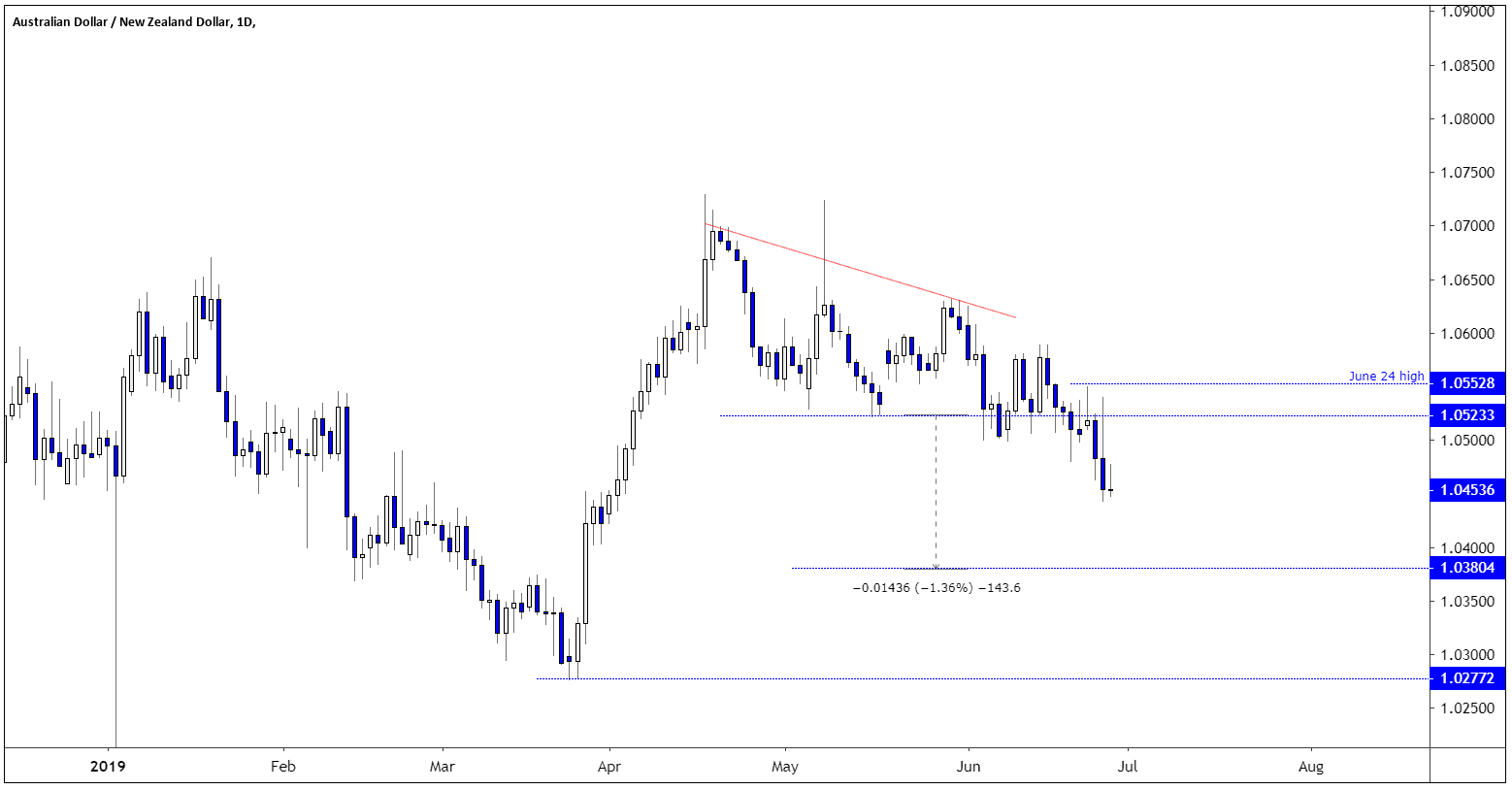AUDNZD
In this section, you will learn more about the AUDNZD, but also be able to read our latest news and technical analysis for the currency pair. You will also find a live chart.
What is AUDNZD?
In recent years, AUDNZD has grown in popularity among forex traders. It is typically more volatile during the Asian session when the Australian and New Zealand markets are open.
Related currencies: AUDJPY – AUDUSD – GBPAUD.
AUDNZD is the financial symbol between the currencies of the neighboring countries: Australia and New Zealand. This currency pair is popularly referred by the moniker of the two currencies: Aussie-Kiwi.
Just like any other currency pair, it is sensitive to central bank announcements, and in this case from the Reserve Bank of Australia (RBA) and the Reserve Bank of New Zealand. These two countries have historically high inflation rates relative to their American and European counterparts. This may be attributed to the nature of their economies which are reliant on exporting commodities. Consequently, their central banks are also among those who have the highest interest rates. They are also more hawkish than their other counterparts like the ECB and the BOJ.
Most of the time, the AUDNZD currency pair trades sideways. This could be due to the fact that their economies are alike. Therefore, if you plan on trading it, you should pay attention to AUDNZD news and track discrepancies in the economic data released from Australia and New Zealand. If Australia’s statistics paint a stronger economy than that of New Zealand, then you can expect AUDNZD to trade higher. This is made on the assumption that the data could be enough to make the RBA hawkish. On the other hand, if it is New Zealand’s economy that looks more appealing, you may expect AUDNZD to trade lower.
Aside from economic reports, you should also track the largest exports of Australia and New Zealand. Higher gold prices sometimes lead to a stronger Aussie because Australia is one of the largest producers of the precious metal. On the other hand, the New Zealand dollar tends to react to changes in dairy prices as it is New Zealand’s largest export.









